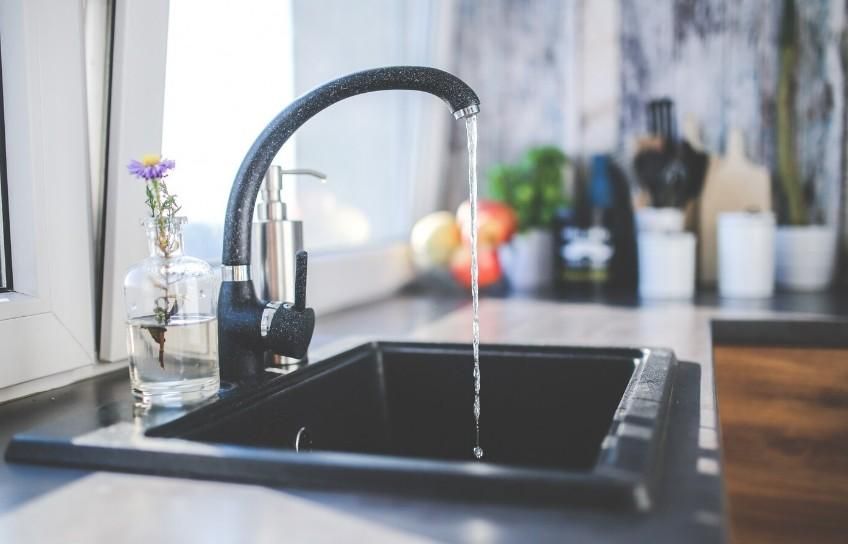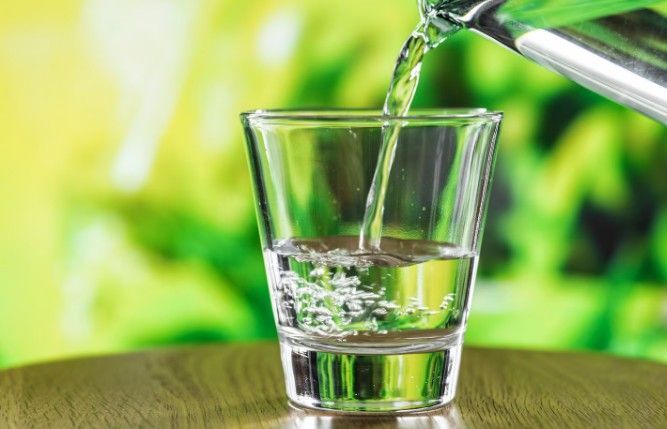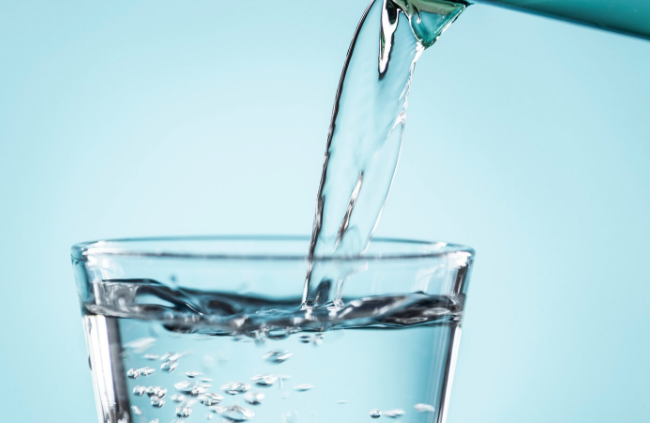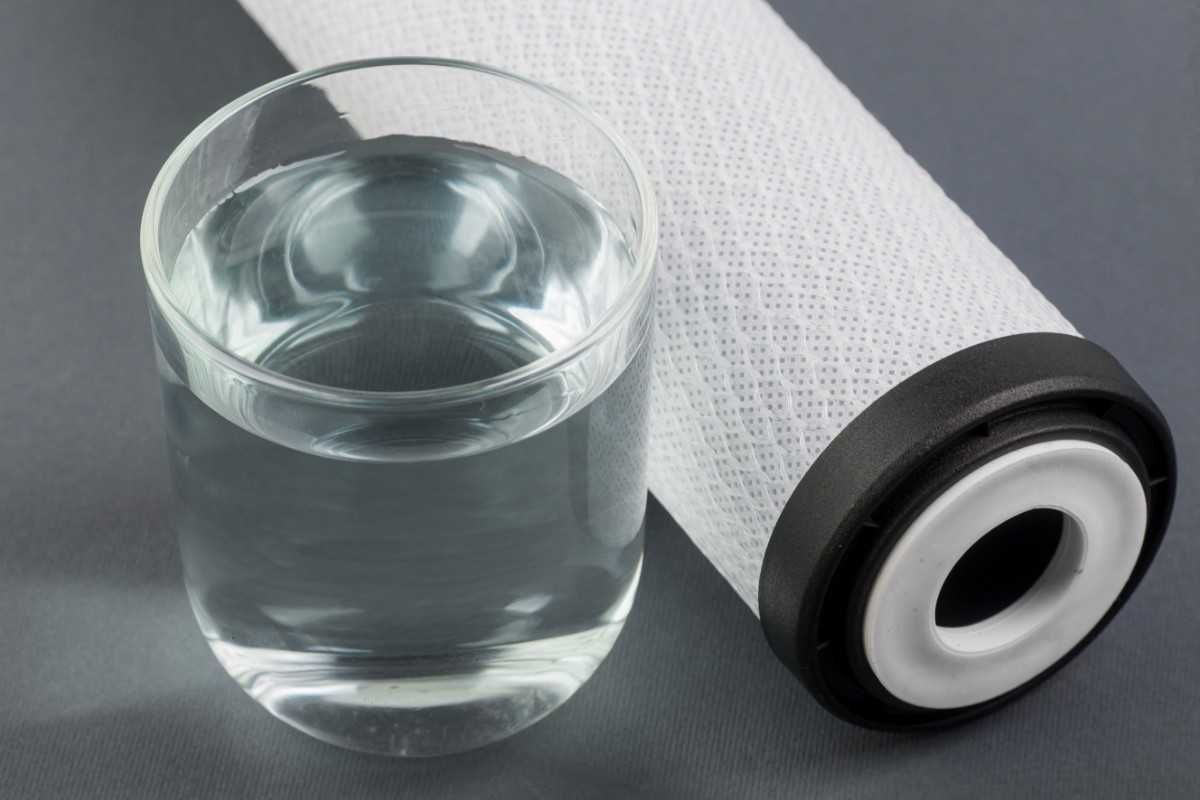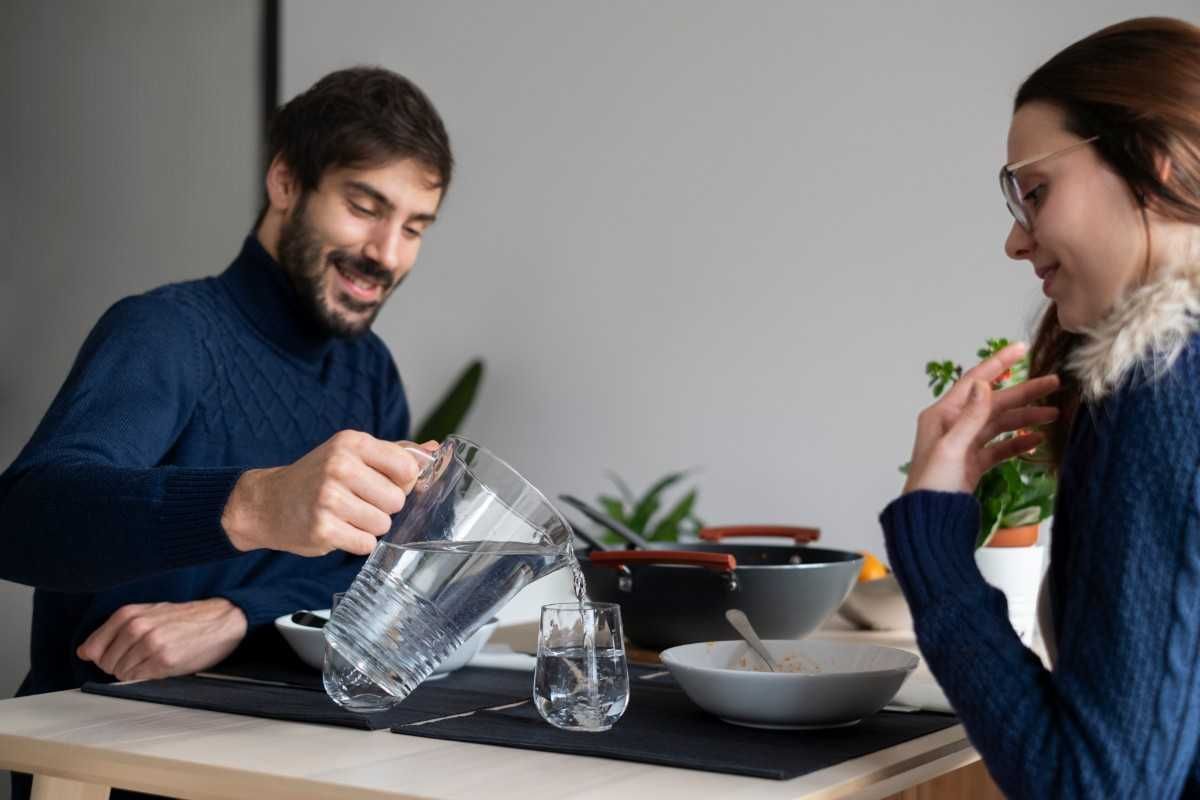How to Conduct a Home Well Water Quality Test

Are you worried about your well water's quality? You are among many other homeowners in Florida with well water systems for homes who want to ensure their water is safe and clean.
While professional testing is always recommended, there are simple tests you can do at home to get a preliminary idea of your water quality.
Steps to Conduct Home Water Tests
1. The Sight and Smell Test
Your senses are powerful tools for initial water assessment:
- Fill a clean, clear glass with water from your tap
- Look at the water in good light. Is it clear or cloudy?
- Smell the water. Does it have any odd odors?
- Take a small sip. Does it taste normal?
If you notice any unusual color, smell, or taste, it might indicate issues with your well water system for homes.
2. The Hardness Test
Hard water can cause problems in your home:
- Fill a clear bottle one-third full with water from your tap
- Include a few drops of clear liquid soap and give it a good shake.
- If the water becomes cloudy with few bubbles, you likely have hard water
Hard water isn't necessarily unsafe, but it can affect your well water system for homes and appliances.
3. The pH Test
pH levels can affect water taste and pipe corrosion:
- Purchase pH test strips from a local store
- Dip a strip in your tap water for a few seconds
- Compare the color to the chart provided
A pH of 6.5 to 8.5 is ideal for drinking water.
4. The Chlorine Test
Even well water can contain chlorine:
- Pour some water from the faucet into a glass.
- Add a few drops of liquid chlorine test solution (available at pool supply stores)
- If the water turns pink or red, chlorine is present
Chlorine in well water might indicate contamination from surface water.
5. The Sediment Test
Sediment can clog pipes and affect water quality:
- Fill a clean, clear jar with water from your tap
- Let it sit undisturbed for 24 hours
- Check for any settling at the bottom of the jar
Visible sediment might mean your well water system for homes needs attention.
6. The Copper Test
Copper can leach into water from pipes:
- Fill a white cup or bowl with water from your tap
- Let it sit for several hours
- Check for any blue-green tinge
A blue-green color could indicate copper in your water.
7. The Nitrate Test
Nitrates can be harmful, especially for infants:
- At a hardware store, get a nitrate test kit.
- Follow the instructions carefully
- Compare results to safe levels (below 10 mg/L is considered safe)
High nitrate levels require immediate attention for your well water system for homes.
Contact Florida Pure Water Solutions
Are you still unsure about your well water quality? Florida Pure Water Solutions is here to help. We offer free, professional water quality tests right in your home. The experts will thoroughly assess your water and provide detailed results. If any issues are found, they can recommend and install the perfect well water filtration system for your home. With Florida Pure Water Solutions, you can have peace of mind knowing your well water is safe, clean, and tasty.

